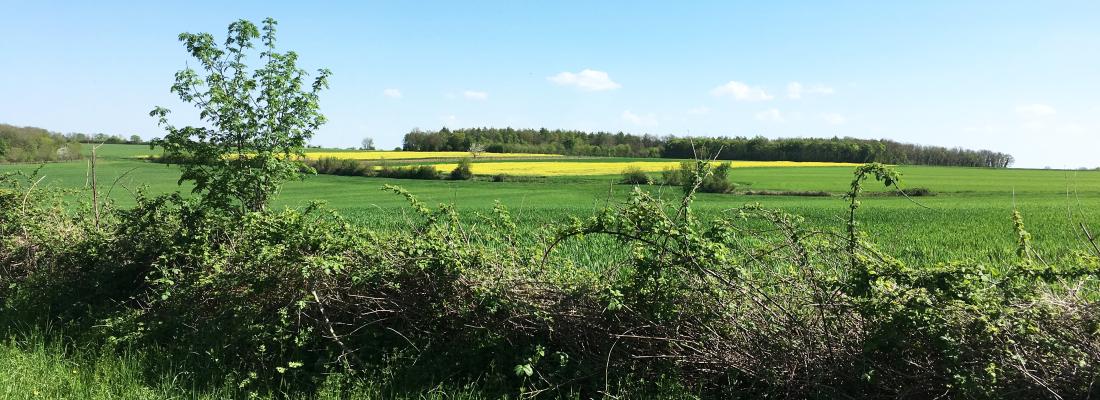Biodiversity Reading time 3 min
Increasing the amount of grasslands promotes natural pest control in agricultural landscapes
Published on 12 May 2021

Semi-natural habitats shelter natural enemies of pests
Pest control services delivered by natural enemies such as ground beetles or spiders, is a promising way for reducing the use of agrochemicals in agricultural landscapes. Semi-natural habitats, such as grasslands, forests and hedgerows provide shelters, breeding sites and essential food resources to these species. Increasing the proportion of these habitats and establishing new ones near arable fields are two ways to improve top-down control of insect pests. However, the ways in which the amount and the spatial arrangement of these habitats affects the delivery of this beneficial ecosystem service to crops remains poorly known. In a recent study published in Frontiers in Ecology and Evolution, scientists from CNRS and INRAE addressed this gap of knowledge and quantified the effects of the amount of grasslands in the landscape versus the distance to the nearest grassland on predation rates of weed seeds and aphids in 52 winter cereal fields in the Zone Atelier Plaine & Val de Sèvre.
Pest control benefits from more grasslands
They found that predation rates on weed seeds and aphids increased with the amount of grasslands in a 500 m radius, while the distance to the nearest grassland displayed no effect. By increasing from 0 to 50% the proportion of grasslands in a 500 m radius, seed and aphid predation rates increased by 38 and 20%, respectively. Furthermore, seed predation increased with the proportion of forest fragments, while aphid predation increased with the proportion of organic farming in the landscape. These results show that pest control services in cereal crops via natural enemies of pests are mainly determined by the amount of grasslands in the landscape. The study further suggests that pest natural enemies involved in aphid predation in cereal crops are not limited by their dispersal ability (at the spatial scales studied). Overall, the results underline that semi-natural habitats, such as grasslands, are needed to ensure natural pest control in agricultural landscapes, and more generally for the provision of multiple ecosystem services related to food production in agricultural landscapes.
| Reference: Perrot, T., Rusch, A., Coux, C., Gaba, S., & Bretagnolle, V. (2021). Proportion of Grassland at Landscape Scale Drives Natural Pest Control Services in Agricultural Landscapes. Frontiers in Ecology and Evolution, 9, 227. https://doi.org/10.3389/fevo.2021.607023 |
